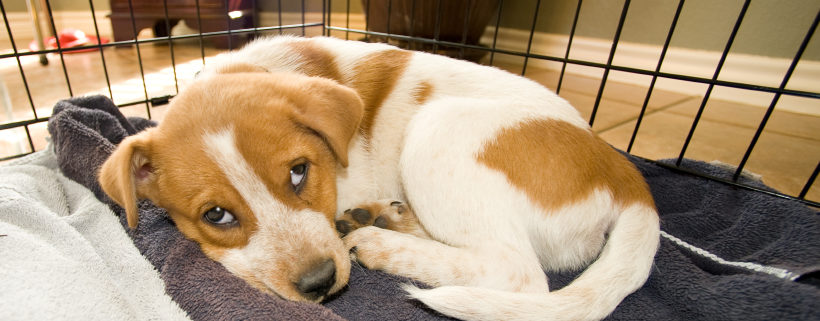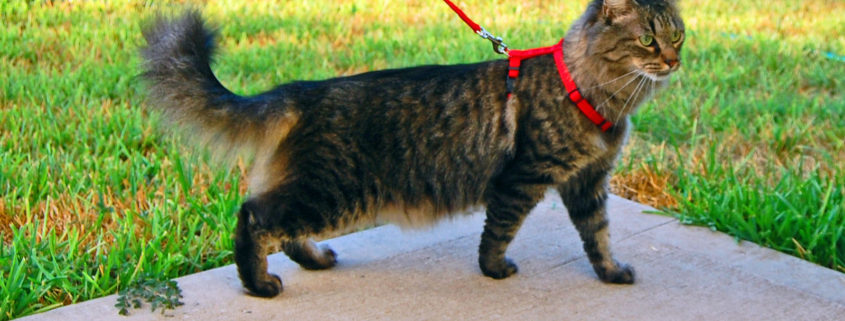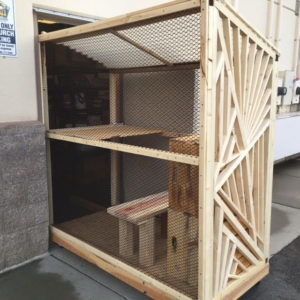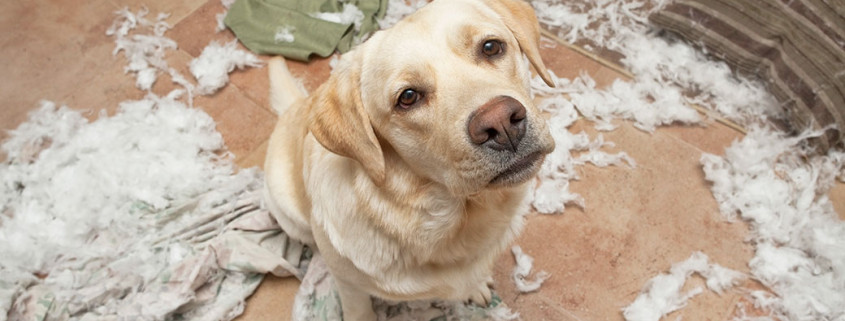Brain Games for a Dog on “Crate Rest”
My dog, Pi, has been prescribed 4-6 weeks of restricted exercise, meaning she has to be kenneled when I’m not home, no running in the yard and walks no longer than 10 minutes. Restricting exercise is often a first line of healing for dogs with soft tissue injuries, but is also prescribed for dogs recovering from surgeries (including spay, neuter, and ACL repair) and broken bones.
For my very active, Aussie-mix, who is accustomed to at least two hours of walking, running and agility practice each day, restricted exercise feels like torture. It’s hard to explain to your animal why you’ve taken their fun and routine away for the sake of healing. So, I’m pulling out old and new resources and looking at this as an opportunity to practice calming exercises and brain games.
Teach and Practice Tricks: Eye Contact, “Ears Up”, “Lick Lips”, and “Leave It”
Pi loves clicker training. If you’ve never tried it, check out this video for the how-to. Clicker training essentially allows you to “capture” a behavior and eventually put it to a command. Eye contact is an easy place to start. Sit in front of your dog and simply click (or say yes!) and treat anytime she makes eye contact with you. For dogs who know how the game works, increase the difficulty by choosing a new behavior to capture. You can click and treat to reward any behavior. We’re working on licking her lips and sneezing.
Practice “Settle”
“Settle” is one of my dog’s favorite games. When she’s healthy the game is actually quite active, beginning in a standing position and running across the room to end lying flat on a mat, repeated over and over. She also gets rewarded for any calm signals when she’s on the mat: shifting her weight to one side, licking her lips, dropping her ears back, resting her chin on the ground. I adapted this game by removing the run and just rewarding the calm signals. Get detailed instructions here.
Beginner’s Scent Work
Canine Nose Work is a sport where dogs learn to identify scents (birch, anise and clove) and search them out in different settings. This problem-solving activity is toted for building confidence and burning mental and physical energy. I adapted this tutorial to teach Pi the basics without requiring her to move around the room.
You’ll need four small boxes, a plastic tub with holes poked in the lid, and smelly, tasty treats.
In the tutorial, your dog waits in another room while you hide the plastic tub in a box. In our adapted version, I’m using only four boxes, because I will be the one moving from the other room to where my dog is.
In a separate room, where your dog can’t see what you’re doing, put a few treats in the plastic tub. Place the tub in one of the boxes, then bring the boxes into your dog’s room and place them on the floor in front of her. Let her smell each one and once she indicates that she’s found the box with treats (for Pi, this was a nose poke to the side of the box) open the tub and let her have her loot! Repeat the game 3-4 times each session and play a few times a day for an excellent brain workout!



 *Remember that while some cats absolutely love getting out and about, for other cats, especially those that are skittish, it might not be the best expression of their energy. For these kitties, a cat enclosure may be the safest way for them to interact with their natural environment.
*Remember that while some cats absolutely love getting out and about, for other cats, especially those that are skittish, it might not be the best expression of their energy. For these kitties, a cat enclosure may be the safest way for them to interact with their natural environment.